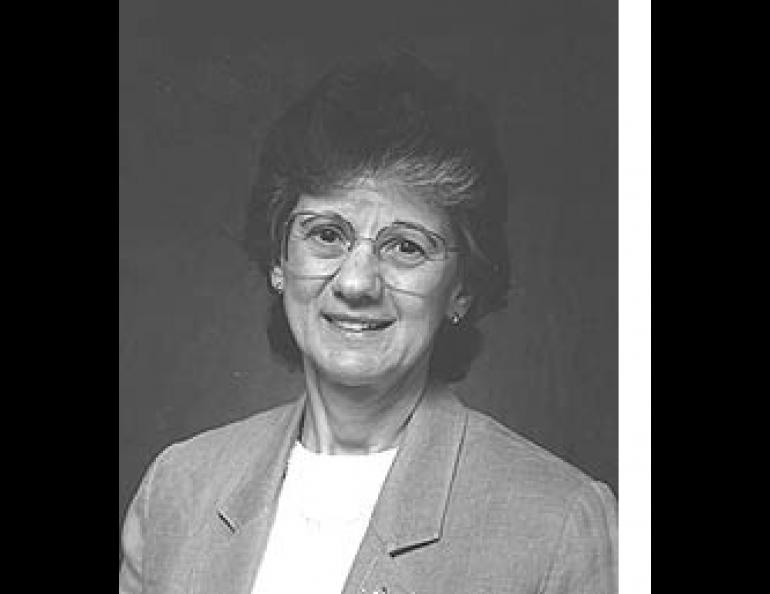
Top Woman in Science Stresses Toughness
Being a woman in science is a lot like living in the Arctic, according to Rita Colwell. To endure, you've got to have mental toughness and never give in, especially on the darkest days. Colwell followed that philosophy to one of the highest positions ever attained by a woman in science--she's the director of the National Science Foundation.
Colwell was in Alaska recently to attend the American Association for the Advancement of Science conference in Fairbanks. I wanted to interview her because I've noticed that in four years of writing this column, less than 15 percent of the scientists I've talked to are women. Colwell was the first woman to be named director of NSF, an agency created 48 years ago to fund American science, engineering, and education projects. Based in Arlington, Virginia, NSF had a 1997 budget of $3.5 billion, $13 million of which was awarded to researchers in Alaska. It takes a lot of energy to run one of the largest scientific funding agencies in America, and Colwell has it.
In addition to her new job, which she started in August after a surprise phone call from Vice President Al Gore, she's still busy with her microbiology lab at the University of Maryland. At Maryland, a coworker described her as "little, but mighty." At age 63, Colwell likes to race sailboats. She jogs almost every morning, whether she's in Anchorage, Moscow, or Bangladesh. When she's at home, she runs with her dog. Colwell has spent a good part of her career changing negative energy to positive energy. When she attended high school in Massachusetts, girls weren't allowed to take physics. When she told a chemistry teacher she wanted to study science, he told her not to bother, she was a girl. She bothered, enrolling in science classes and beginning her unique path to the top.
"I got my start in science out of sheer stubbornness," she said during an interview at the University of Alaska Fairbanks. She went on to get a scholarship to Purdue University, where she majored in chemistry and found herself lost in classrooms that had as many as 1,000 students. In her senior year, she switched to bacteriology and loved it, mostly because she had an excellent teacher. She pursued a fellowship at Purdue, but was told by the chairman that the college "didn't waste fellowships on women."
While she fumed about wasted fellowships, Colwell dated a man named Jack, who, on their first date, proposed. She accepted. Colwell and her husband, a physicist, applied for fellowships at the National Research Council in Canada. They both were awarded the fellowships, but then hers was rescinded, "for reasons of nepotism." Her husband was allowed to keep his fellowship. Blocked in one direction, she tried another, becoming a research assistant professor at the University of Washington. From there, she became a professor of biology at Georgetown University.
In 1972, she moved to the University of Maryland, where she founded the University of Maryland Biotechnology Institute. There, she became a worldwide authority on cholera, an infectious disease that can kill people within hours after they pick up the microorganism that causes it.
Looking back on her years of jumping hurdles to become the person she wanted to be, Colwell offered advice for girls and women: take calculus and organic chemistry. Her daughters did, and went on to careers in science. The base in math and chemistry gave them the flexibility to pursue their dreams, Colwell said. She also said science is still a male-dominated discipline, and women need to do a little more to succeed.
"You have to be efficient and creative and you have to be able to do three or four things at once," she said. "In the lab, you have to do your experiments a little more carefully. You just have to do things better."





